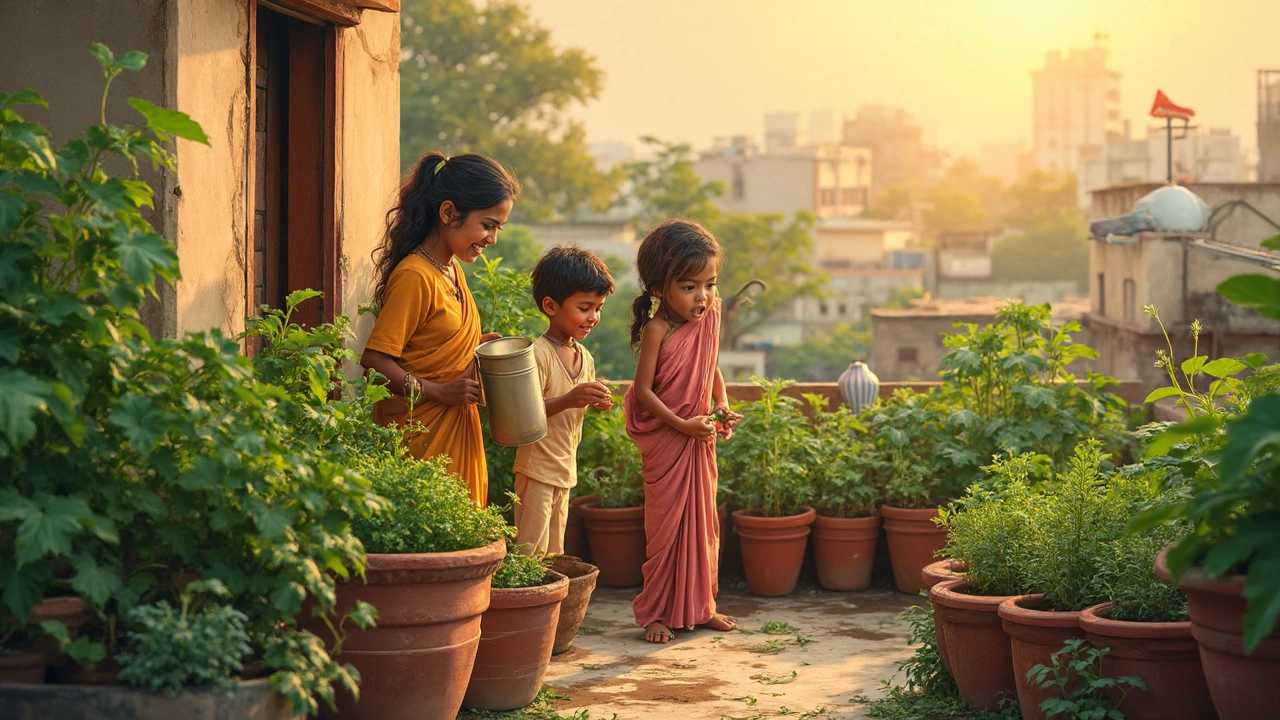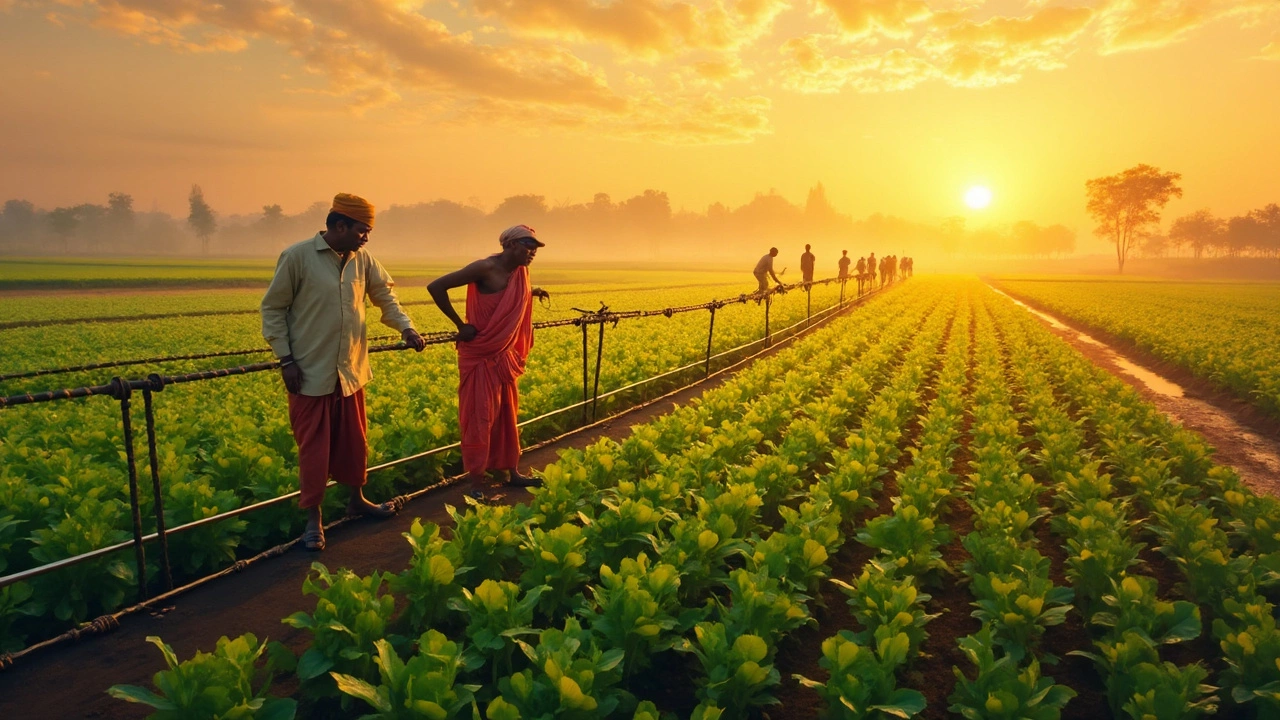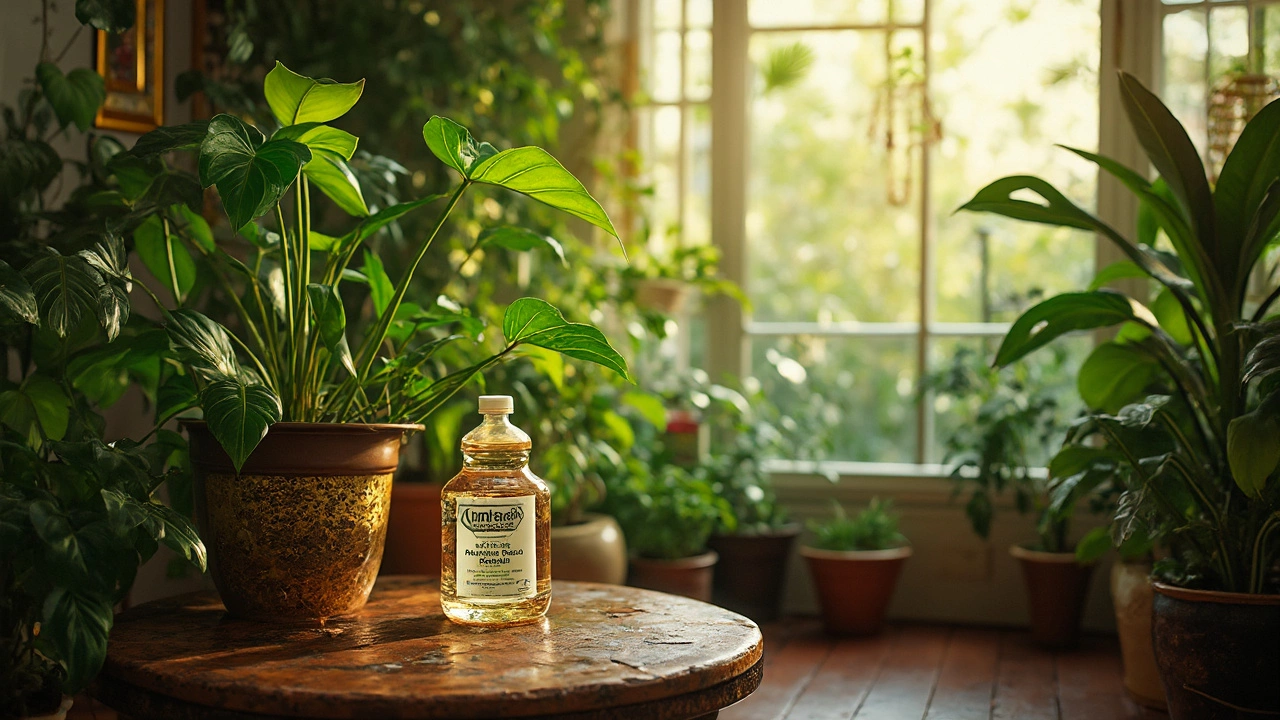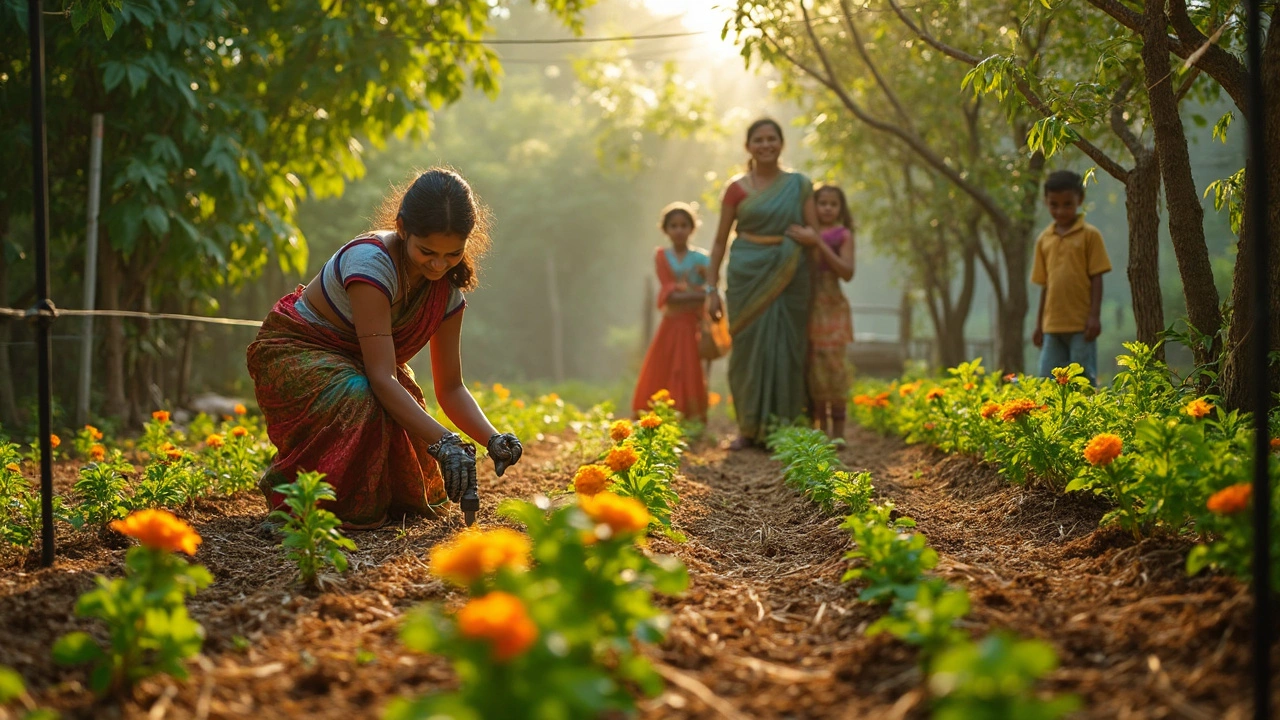Planting Season India: When, Where, and How to Grow Successfully
When planning a garden or farm in the subcontinent, understanding the Planting Season India, the period when weather conditions favor seed germination and early growth across the country's varied climates. Also known as the sowing window, it hinges on three core factors. First, the Monsoon Timing, the arrival and intensity of seasonal rains that supply natural irrigation across most regions. Second, the Crop Sowing Calendar, a schedule that matches each crop’s temperature and day‑length needs with local climate patterns. Third, Soil Moisture Management, techniques like drip irrigation that maintain optimal water levels during dry spells. Together they shape when you can safely sow wheat, rice, pulses, or vegetables.
Why Timing Matters Across India's Climate Zones
India isn’t a single weather zone; from the humid Gulf Coast to the dry Deccan plateau, each area follows its own rain rhythm. In the north, the planting season often kicks off after the pre‑monsoon showers in June, while the southern peninsular states can start as early as March when the southwest monsoon begins. This geographic split creates a semantic triple: Planting Season India requires regional climate zones to determine the exact start dates. Ignoring these nuances means seeds may sit in soggy soil or scorch under the sun, leading to poor germination. By aligning sowing with the local monsoon, farmers tap into the natural water supply, reducing the need for supplemental irrigation.
Another connection shows up when you pair the Crop Sowing Calendar with soil moisture management. A well‑planned calendar tells you which crops tolerate early‑season humidity and which thrive after rains subside. For example, paddy rice demands standing water for the first 30 days, so planting just as monsoon peaks ensures fields stay flooded without extra pumping. Meanwhile, millets prefer drier conditions; planting them a few weeks after the rains recede avoids water‑logging. This relationship—Crop Sowing Calendar influences irrigation scheduling—helps you allocate water resources efficiently.
Modern growers also benefit from technology. Soil moisture sensors, combined with drip irrigation, let you monitor water levels minute‑by‑minute. When the sensor reads below the crop’s wilting point, the drip system delivers a precise pulse, conserving water during the dry season. This creates a semantic link: Effective irrigation supports planting season success. In regions where monsoon rains are erratic, such smart irrigation can bridge the gap between too‑wet and too‑dry, ensuring consistent yields.
Let’s break down the typical planting windows for some major Indian crops. Rice follows the monsoon in the Indo‑Gangetic plains, usually seeded in late June and harvested in November. Wheat prefers the cooler Rabi season, sown in October after the monsoon retreats and harvested by March. Pulses like chickpeas fit the post‑monsoon window, thriving on residual soil moisture from July‑August rains. By mapping these crops onto the Crop Sowing Calendar, you get a visual guide that aligns each plant’s growth cycle with the local climate.
For backyard gardeners, the same principles apply, just on a smaller scale. Start by checking your state’s rainfall forecast—most Indian weather services publish monthly monsoon outlooks. If the forecast predicts early rains, begin sowing fast‑growing veggies like radish or leaf lettuce. If the rains are delayed, opt for drought‑tolerant herbs such as basil or mint, and consider using a simple drip system made from a garden hose and perforated tubing. This way, you adapt the national planting season concepts to a balcony or patio setting.
One common mistake is treating the monsoon as a uniform event across the country. In reality, the southern Western Ghats receive rain in June, while the eastern coast gets a second burst in October. Aligning your sowing dates with these localized patterns can boost success rates dramatically. For instance, in Kerala, the first monsoon wave supports early vegetable sowing, but the second wave is perfect for planting tubers that need longer wet periods.
By now you should see how the Planting Season India ties together monsoon timing, the crop calendar, soil moisture, and irrigation methods. Below you’ll find a curated collection of articles that dive deeper into each of these components—tips on container garden watering, insights into drip‑irrigation DIY, and even regional guides on rice production. Explore the posts to get detailed, actionable advice that fits your specific climate zone and planting goals.
Best Season for Planting in India: Your Guide to Seasonal Plants
Choosing the right season for planting can make or break your gardening journey in India. With unique climates ranging from the Himalayan north to the tropical south, knowing when and what to plant is crucial. This article breaks down the best planting seasons, offers practical tips, and busts myths about timing. Whether you’re working with a balcony or a backyard, you’ll find strategies to get the most from every seed. We’ll help you grow stronger, healthier plants with less hassle.
- manufacturing
- India
- food processing
- garden tips
- rice cultivation
- government schemes
- balcony garden
- urban gardening
- balcony gardening
- profitable business
- business ideas
- plastic manufacturing
- drip irrigation
- plant care
- steel manufacturing
- sustainable gardening
- startup ideas
- steel industry
- flower gardening
- textile manufacturers






